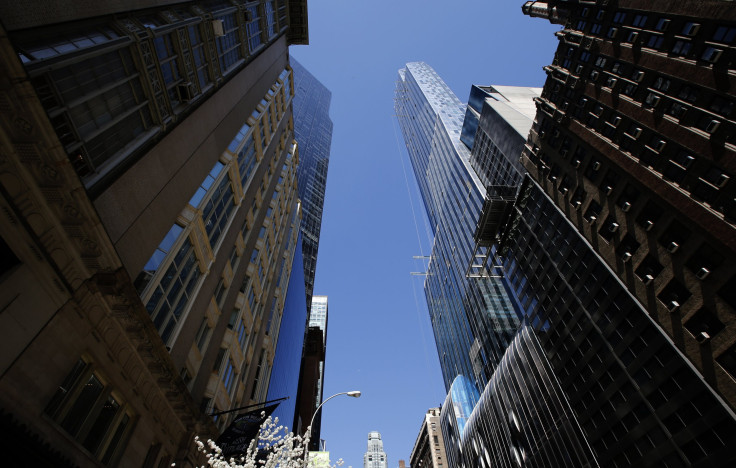Tokenization Can Make High-Value Illiquid Assets Accessible For Everyday Investors

Investors the world over are constantly searching for alternatives to traditional assets such as stocks and bonds to diversify their portfolio. Real estate is a major target because investors can receive a future income stream from rent, and, over time, see the advantages of potentially higher returns, stability and inflation-hedging.
But traditionally there have been two major hurdles to investing in this appealing multi-trillion-dollar asset class -- entry and exit. First, access to real estate requires much more capital than entering the stock or bond market. Second, once you invest in real estate, it is usually years before you can cash out. Houses and buildings are the classic examples of an illiquid asset. Until now.
Technology now means it is possible to effectively divide real estate into fractions that can be bought and sold individually. Most investors who cannot afford a $100 million multi-family property in itself can nevertheless buy a piece of the same property for a relatively small sum. This process, known as fractional ownership or tokenization, opens up the real estate investment sector to millions of everyday investors.
Better still, once an investor has acquired a tokenized portion of a property, nowadays you can trade it -- in much the same way you trade a share in a company. Instead of buying and selling on a stock exchange, it is now possible to trade at a dedicated digital marketplace, where tokenization makes previously illiquid investments liquid.
In fact, it can be argued that tokenization is even more liquid. The technology -- blockchain -- that makes tokenization possible also helps to automate the trading process and cuts out the middleman. Whereas a standard settlement time of a stock trade might be days, with blockchain and tokenization, the ownership transfer is instantaneous.
Tokenization Trend for Everyday Investors
This innovative investment model particularly benefits investors, wealth management advisers, and developers. And the tokenization of illiquid assets is a new trend opening opportunities for everyday investors across many sectors.
Take fine art investment as another example. Not too many people can afford a Rembrandt or a Monet. But tokenization suddenly makes owning a piece of a Picasso possible. Investors who see the benefit of fine art as an asset class, which long-term has produced powerful gains, can enter this “luxury” market by purchasing an ownership share in the masterpiece.
And the same applies to other tangible, luxury collectibles -- whether we are talking classic cars or rare jewelry watches. These so-called “alternative asset” groups have long been available to only the privileged, well-capitalized investors. But tokenization has changed all that and opened up access to multi-trillion dollar sectors.
And it is not only the investors who benefit. The original owners of the physical asset win too. They gain access to capital from the many investors who have bought fractions of their property or artwork or collectible and can use that to go on and fund further purchases. This means a developer does not have to seek costly bank loans to finance their next property development. They retain operational ownership of the property and get to use the raised capital to expand their business.
The same works for art museums. If a gallery wants to add a new Van Gogh painting to its exhibition displaying several of the Dutch master’s works, it can sell tokens in one of its existing Van Gogh masterpieces and take that money to buy an additional item to expand its show. All the while, the gallery can continue to exhibit the original piece that was partly sold to many investors.
The idea behind tokenization can be taken even further and extend to fractional ownership in other areas previously reserved for large capital investments. Here we can see possibilities in owning a fraction of a gold mine, for example, and receive the benefits of its gold production as a “dividend” or in high-risk/high-reward investments in startup companies.
Put simply, the new technology of blockchain is creating the mechanism for fractionalizing ownership in high-value illiquid assets so that everyday investors can buy into these alternative asset classes and instantaneously trade their tokens. Investors and owner-sellers win. It’s a win-win.
(Rohit Tandon is the Founder of Yoonify, a digital real estate marketplace connecting developers and investors over fractional ownership in income-generating multi-family properties.)
© Copyright IBTimes 2024. All rights reserved.





















